Research suggests that the average person spends about 72,000 hours (or 9,000 days) at work throughout their life. In other words, we spend about a third of our lifetime working! Needless to say that how we feel about what we do on a day-to-day basis greatly impacts our overall well-being and life satisfaction levels.
This article is offering practical considerations which invite you to reassess where you currently stand and explore where you might want to go.
Before we start, I would like to briefly introduce myself – since the question ‘Who are you?’ might be one of the hardest to answer, I will give you a quick summary of my past decade: I (Sarah) grew up in a tiny village the Black Forest, before leaving to backpack the world on my own for 1.5 years after graduating high school.
I worked, volunteered, and traveled around the world while meeting a great number of people across all different cultures, religions, socioeconomic backgrounds, ages, and industries.
I became fascinated with human nature – What do we all have in common? And what does a human being need to be happy? After my backpacking journey, I started to work as Cabin Crew for Lufthansa to save up for university before moving to London to study Cognitive and Clinical Neuroscience.
Another life jump and I found myself starting a new role as an Investment Banking analyst in the first lockdown where I struggled with the industry demands, disconnect, and great levels of anxiety.
The below questions were some I asked myself in the past and took time to explore. Depending on the answers, I made adjustments and I keep reassessing when moving ahead or in this case, into a new year.
So, let’s start! ☺ 6 Points to Consider Before Going Back to Work in 2023:
- How much vulnerability and emotions do I want to bring into work?
Does responding to a work situation sometimes feel like a balancing act between saying what you truly feel and remaining ‘professional’? Are ‘authenticity’ and ‘professionalism’ mutually exclusive? This question alone has enough potential to fill books but to keep it short:
Research suggests that higher levels of vulnerability and authenticity positively impact our well-being, build trust and strengthen a sense of belonging, which in turn boosts productivity and workplace culture. If we dare to show up as we truly are and experience getting accepted for exactly this, two important psychological needs are met: connection and belonging.
Let’s look at an example situation: You deliver a project to a client who is neither appreciative of your work nor respectful towards you. You just want to scream at them out of frustration.
Now, what do you do? Does being authentic mean, you go ahead and shout as this is what you feel like doing? Or do you follow the clients’ requests even if they violate your boundaries because “customer is king”? In my opinion neither.
The way I answered this example question for me is, that 1) I pick the direction I want to go based on what I think and feel (authenticity), and 2) choose the way to go about it in line with the requirements of my role (professionalism). This approach allows one to stay true to oneself and respectful to others.
A few more considerations around authenticity and vulnerability at work:
- Next time a co-worker asks you how you are doing and you are not well, do you want to replace a ‘fine’ with a more authentic answer?
- If you feel there is a need unmet, do you want to raise it and honor your needs?
- If you are going through a rough time, do you want to communicate this? (To note: flagging this to your co-worker/boss does not require you to deep dive and explain your whole situation. A simple heads-up is enough and can already lift some weight off your shoulders.)
- If you feel a boundary of yours was violated, will you pick up a conversation with the person who crossed it and explains what you did not appreciate about the situation?
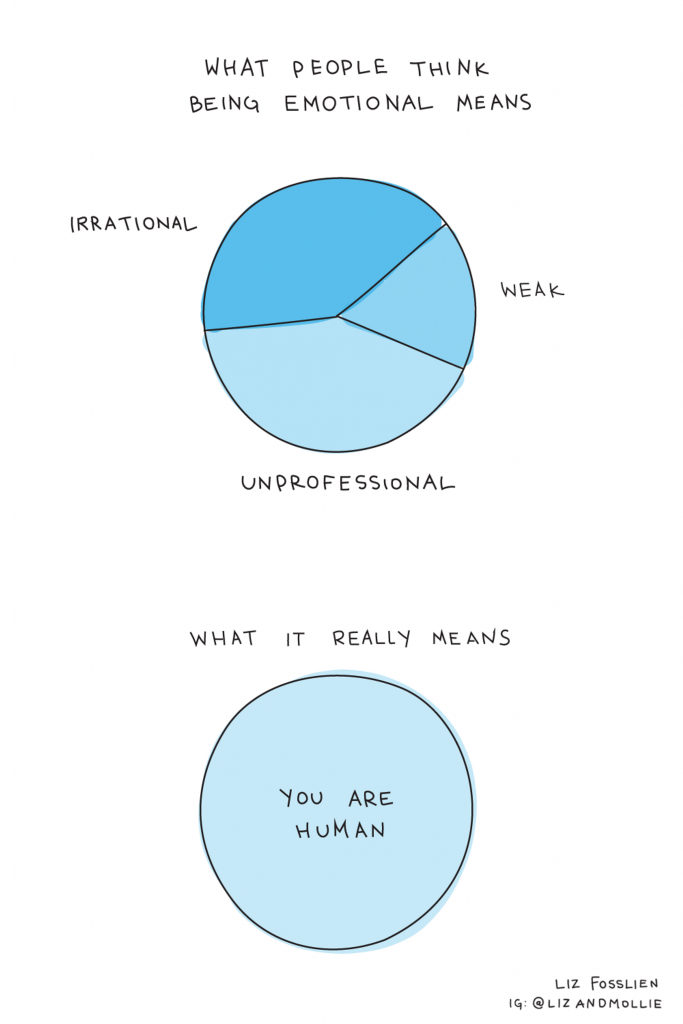
To note, I fully acknowledge significant differences in industry standards. The more hostile an environment is, the less likely we are to be vulnerable. Fortunately, there has been significant progress over the past decade when it comes to mental health and conversations around emotions at work.
Further resources: The book ‘No Hard Feelings’ (by Liz Fosslien and Mollie W. Duffy) explores how we can bring emotions to work gently and professionally, and Brené Brown (i.e., the Queen of Vulnerability) shares her research and findings in her books “Daring Greatly” and “Dare to Lead”.
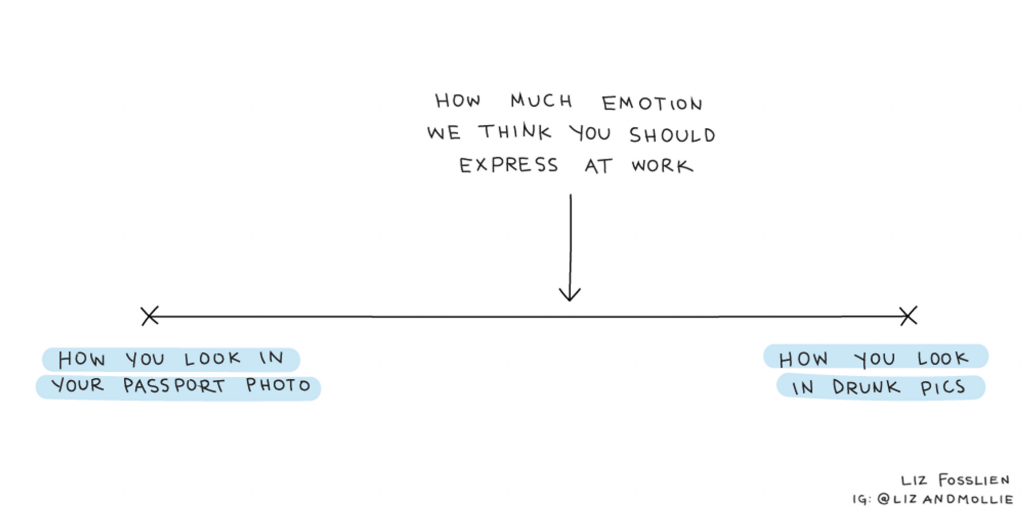
2. If I could choose a career path again, what would it be?
This question allows for a lot of freedom as it is hypothetical in nature. We cannot go back in time and re-do life from there.
Many times, when we think about making career changes, it can feel scary at first. We might come up with countless obstacles and reasons as to why we cannot make this change (in order to protect ourselves, i.e., stick with the familiar).
But what if we could do it all over again? The answer to this question appears innocent as whatever we pick, we will not have to act upon it, as “what is done, is done” right? So, let your imagination and desire run wild!
You might wonder, what is the point of this question? Well, it allows you to make space for what comes up – are there any interests you have not given your attention to yet? Or do you feel drawn to a field that you choose not to pursue in the past? Or did you always have that childhood dream?
Whatever it is, you can simply acknowledge it and let it go or think about what you can do about it – is there a way you can incorporate a piece of it into your current role? Is there a way of connecting your current standpoint with your desired profession? We will dive deeper into the latter in point 4.
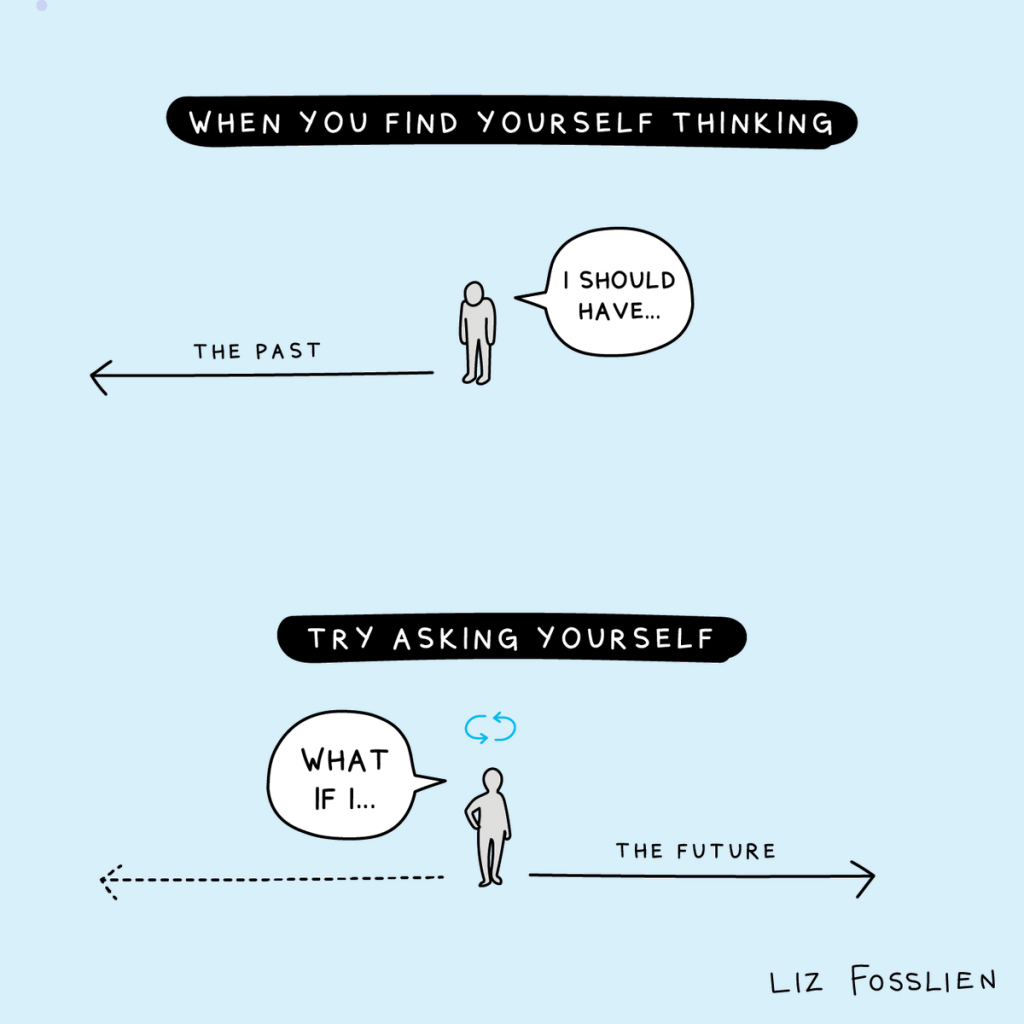
3. How aligned is what I’m doing every day with my values?
As the name suggests ‘personal values’ are incredibly personal. They represent what we believe to be right, which reflects our worldview and a piece of who we are. Also, we base our decisions upon our core values which then reinforce what we see in the world.
Before we can assess whether our values are aligned with the values at work, we need to know what each of these are. Are you aware of your core values? If not, take time to reflect and note them down. (To help you get started, you can find assessment tools online.)
Research has shown over and over again that the more aligned employees were (i.e., does what I’m actively engaging in (outside), reflect what I believe to be right (inside)?), the happier, more motivated, and committed they were.
We explore what this means in terms of workplace culture in point 6.
4. Which changes do I want to make this year (and beyond)?
‘Am I content with where I stand?’ If the answer is ‘Yes’, great! If the answer is ‘No’, what would you like to be different? What is the need which isn’t met in your current situation and what can you do to change this? Or do you feel drawn to a new experience that you would like to explore but have dismissed so far?
Whatever it is, give yourself time to explore. Where does your mind go? What desires are coming up? Allow yourself space to feel which direction you are drawn to.
It is important to know what you are looking for when planning your next steps.
Depending on your answers to the questions above a possible solution can range from making changes within your current role, to changing roles within your organization, or even leaving your current employer completely.
I appreciate that the below suggestions vary depending on the industry you are in, so please feel free to pick and choose.
Changes within your role:
- Can you expand your current set of tasks to include responsibilities and tasks which you would like to explore or which allow you to develop a new skill?
Changes within your organization:
- Expand your network by reaching out to other teams and see 1) what they are working on 2) if there are potentially open positions that might be interesting for you
- Do you have the option to sign a secondment that allows you to explore another role temporarily?
- It sounds cliché but networking does help!
Changing employers:
- If you don’t see your needs being met at your current employer, a new start elsewhere might be the best bet
- Needless to say, research and networking are key and the better your understanding of what you are looking for, the higher your chances are of you finding it
- Make a list of requirements and nice-to-haves when going into interviews/negotiation stages
Working for yourself:
- How will you organize your days/weeks/months/quarters/years?
- What might be upcoming obstacles and how do you want to meet them?
- What support system do you require? (i.e., social and financial safety net)
- Who do you want as a mentor? Do you want to work with a business coach?
The desires you feel aren’t coming up by accident and we can only suppress them for so long before it becomes unhealthy. I
truly believe that our aspirations are connected to our most inner truth and that having the courage to follow them is a good way to find purpose and contentment in life. Yes, change can be scary, especially if it’s big like an industry change but it all can be broken down into a first small step.
I encourage everyone to go for what they want to get out of life and to do so on their timeline. I don’t think we have to have it all figured out by a certain age but I do think that it is the responsibility of each one to take care of their needs and wants in order to create a life that works for them.
You got this!
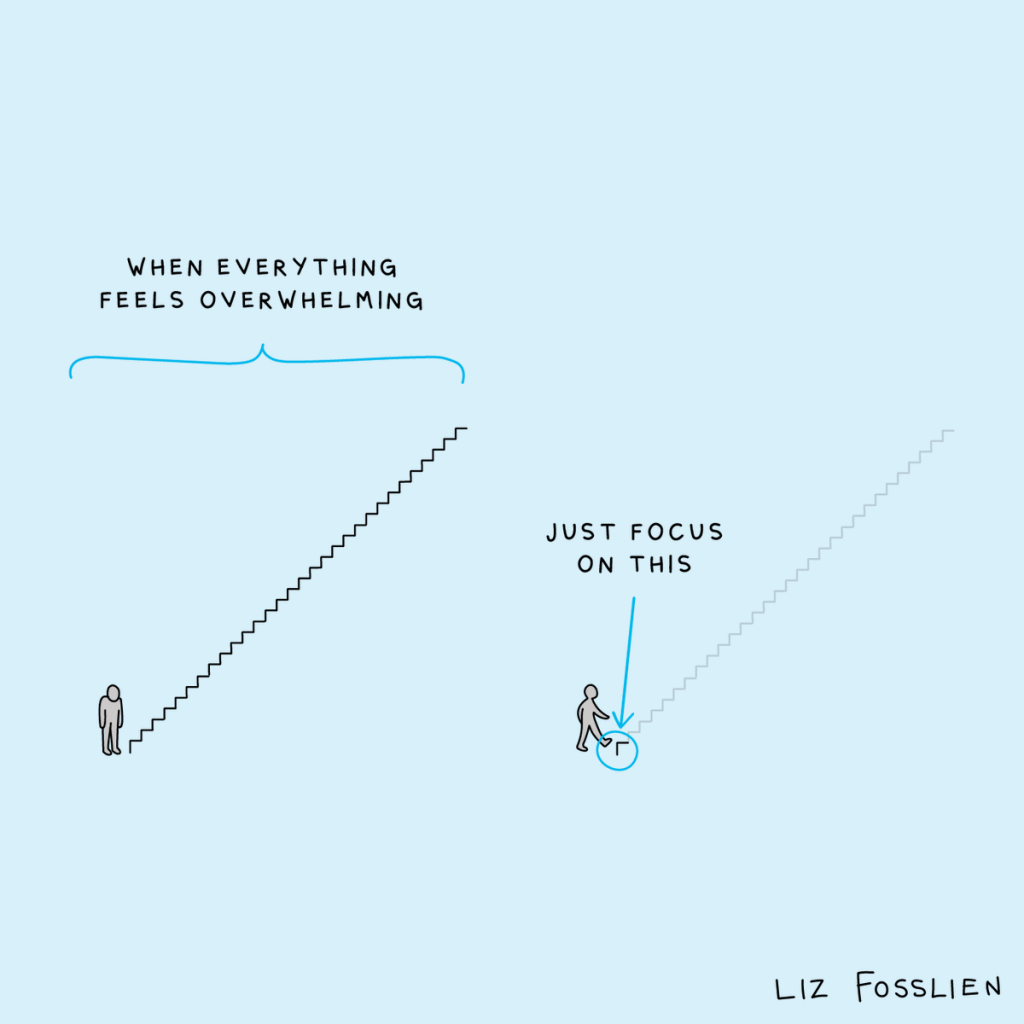
5. Back to basics: What am I grateful for?
If you are interested in the field of mental well-being, you are likely familiar with the benefits of gratefulness and the positive effects it has on our perception of life. If we focus on what we do have it cultivates a feeling of wealth, improves our health, our resilience, and brings us back to the present moment.
What are you grateful for? Do you have work friends who you enjoy being around? Does your job offer flexibility which makes your work-life balance a lot easier? Is your office convenient to get to?
Whatever it is, note it down and revisit your list when you are having a bad day or require a little ray of sunshine.
The benefits: 1) Sometimes negative emotions can wash over us and it can be helpful to know you have an anchor at hand, 2) cultivating your list can be fun as you keep focusing on the positives.
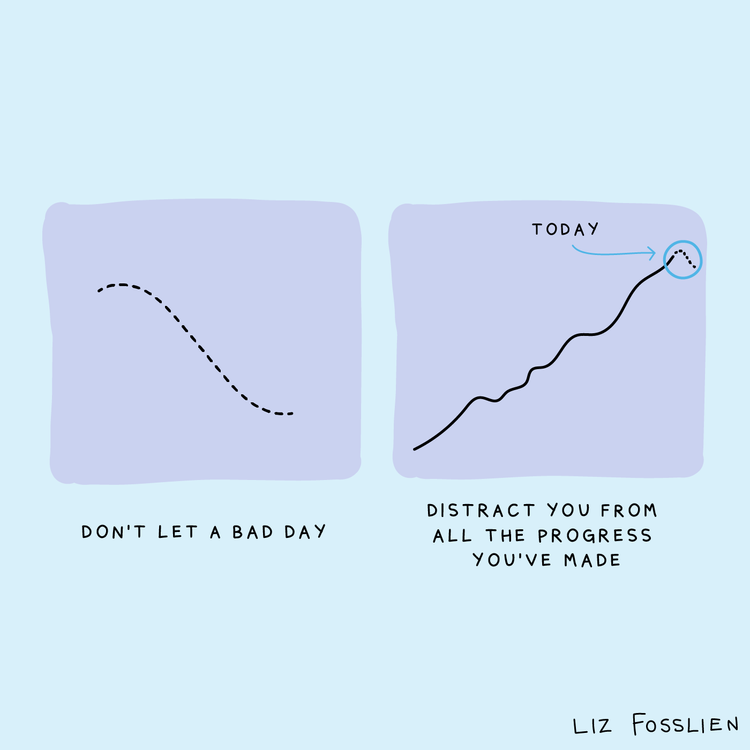
6. What is the one thing I can do to improve workplace culture?
Before we start thinking about changes, let’s take a look at what it means first. Forbes describes workplace culture as, “the environment that surrounds us all the time.”, the jobs website Indeed says it’s a “collection of attitudes, beliefs, and behaviors that make up the regular atmosphere in a work environment.” and US management consultant Marvin Bower summarises cultures as “the way we do things around here.”
Yes, there is a top-down approach when we look at how culture is established, e.g., by the values set by the organization, however, you do play an important role in this, too. Behavior is an essential part of the culture and your decision of responding to situations shapes the way “things are done around here”. Your behavior is a vote. You are part of the culture.
So, now that we have established where each of us holds power we can start to consider. Is there a value that is dear to you but you don’t see reflected in your work environment? How can you change your behavior to cultivate this value?
For example, if you believe your workplace would benefit from more openness: the next time you feel e.g., insecure/unwell/fill in the blank choose to open up about it.
Decide to be open and role model openness to others. It may be uncomfortable at first but you might also be surprised at how open and understanding your colleague might react.
In my experience allowing myself to be open about something didn’t just feel like a relief on my end but also invited others to be open, too.
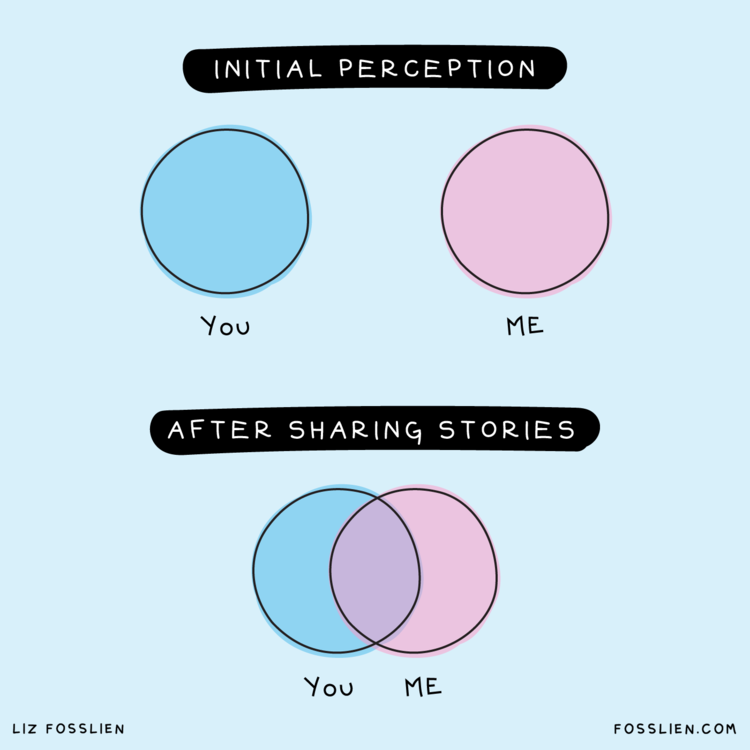
It is important to acknowledge that we, as human beings, are a lot more guided by our emotions than we might want to admit.
Workplace culture is how it FEELS to be at work, rather than a set of written rules. Every organization has its personality and atmosphere and the renowned management consultant Peter Drucker even argues that “culture eats strategy for breakfast.”
If we all take a small step towards creating the environment we want to work in, a lot can be done in 2023 and beyond!
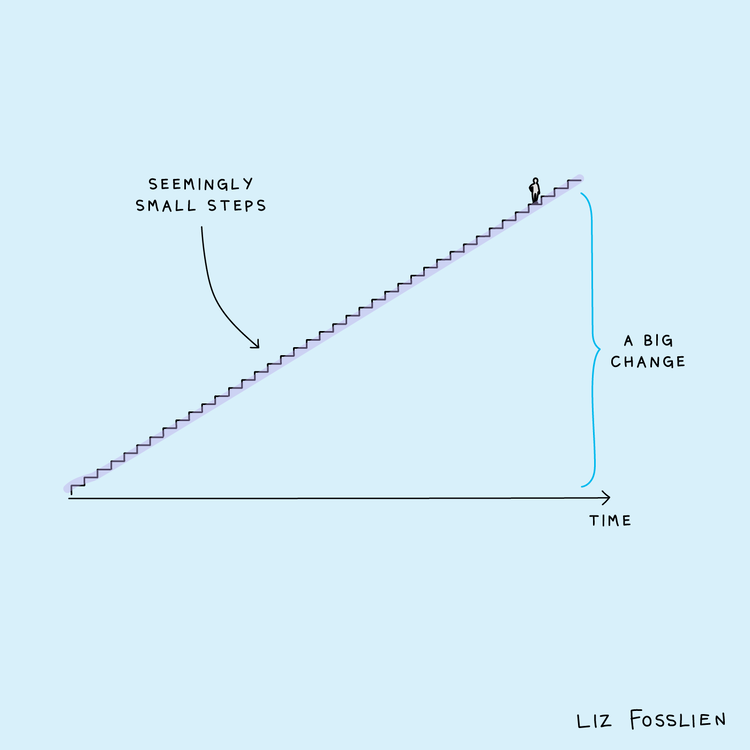
Overall, to summarize what we covered, one word might be enough: alignment.
My wish for everyone is that instead of suppressing and silencing our inner voice in order to ‘fit in’, we start to create a world around us that holds space for who we are, truly.
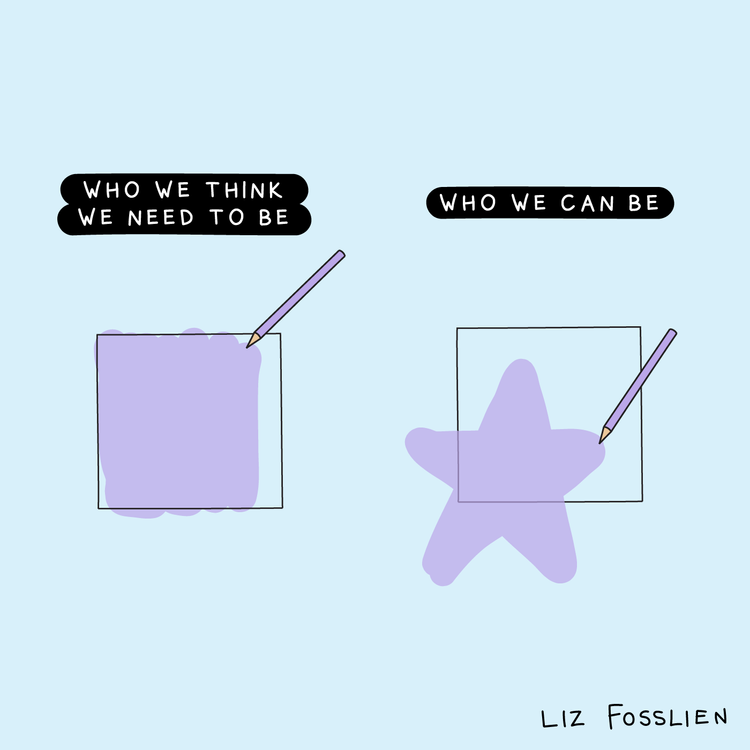
Thank you for reading!
I would love to hear your thoughts! Have you gone through big changes in your work life so far and if so, how did you navigate them? What was most helpful to you? Do you have changes planned for this year? Was the article helpful? I am happy to read from you ☺ sarahlouisab@gmail.com or IG @sarahlouisab
Article written by Sarah Blappert Neuroscience graduate & Investment Banking analyst
Resources:
- Emmons, R. A., & Mishra, A. (2011). Why gratitude enhances well-being: What we know, what we need to know. Designing positive psychology: Taking stock and moving forward, 248, 262.
- Sansone, R. A., & Sansone, L. A. (2010). Gratitude and well-being: the benefits of appreciation. Psychiatry (Edgmont), 7(11), 18
- https://link.springer.com/article/10.1023/a:1016246103190
- https://www.researchgate.net/publication/362241150_THE_CONCEPT_OF_WORKPLACE_VALUES_AND_ITS_EFFECTS_ON_EMPLOYEE_PERFORMANCE_AND_CORPORATE_PROFITABILITY
- https://www.forbes.com/sites/pragyaagarwaleurope/2018/08/29/how-to-create-a-positive-work-place-culture/
- https://www2.deloitte.com/us/en/insights/focus/human-capital-trends/2016.html
- https://www.gettysburg.edu/news/stories?id=79db7b34-630c-4f49-ad32-4ab9ea48e72b
- https://www.proofhub.com/articles/8-companies-with-enviable-company-cultures
- https://ideas.ted.com/how-to-be-vulnerable-at-work-without-spilling-everything-from-brene-brown/
- https://www.strategy-business.com/article/The-power-of-feelings-at-work
- https://quietrev.com/no-hard-feelings-the-secret-power-of-embracing-emotion-at-work-a-qa-with-liz-fosslien-and-mollie-west-duffy/
- https://iaap-journals.onlinelibrary.wiley.com/doi/10.1111/apps.12181
- https://www.workplace.com/blog/workplace-culture

